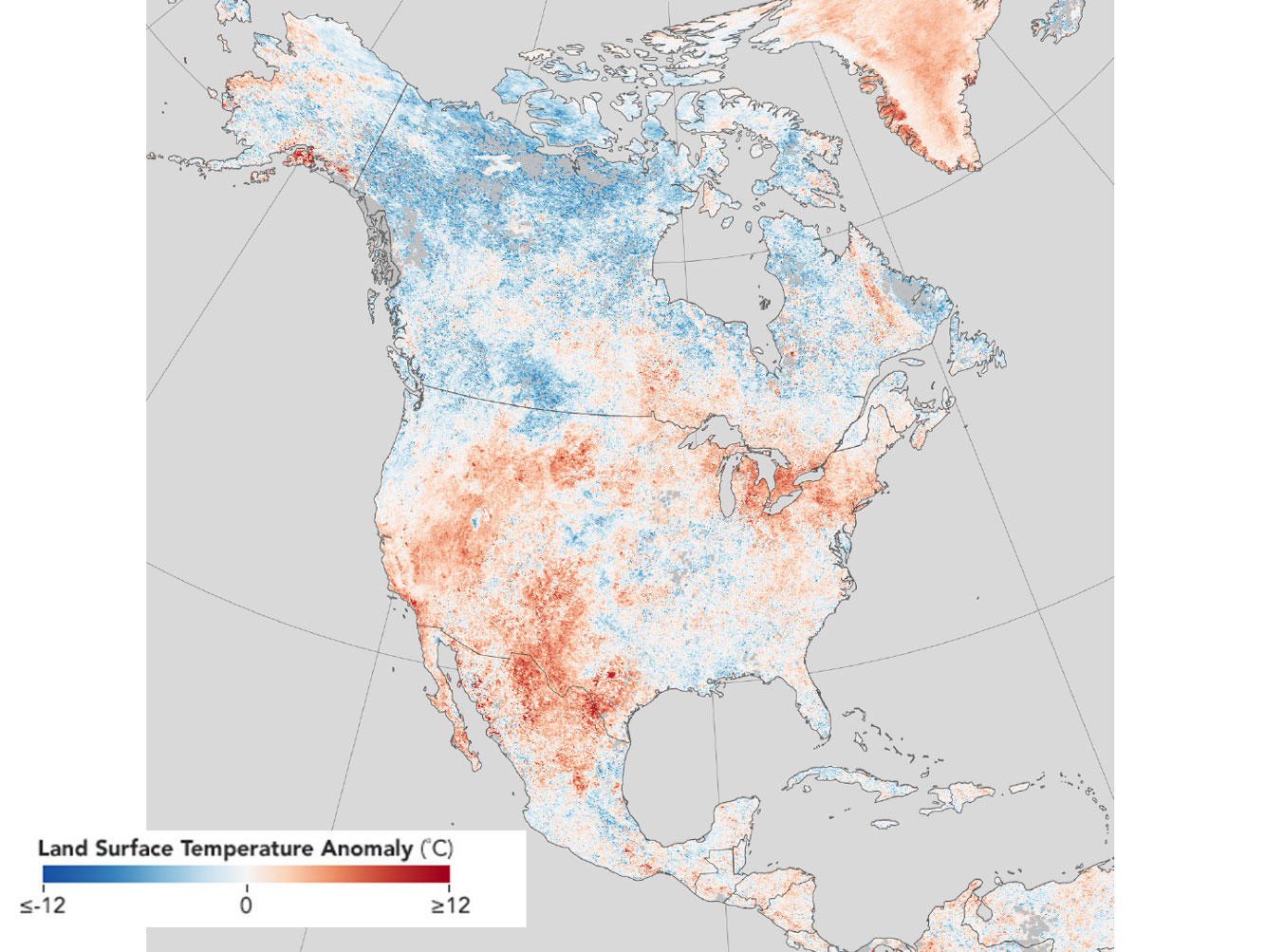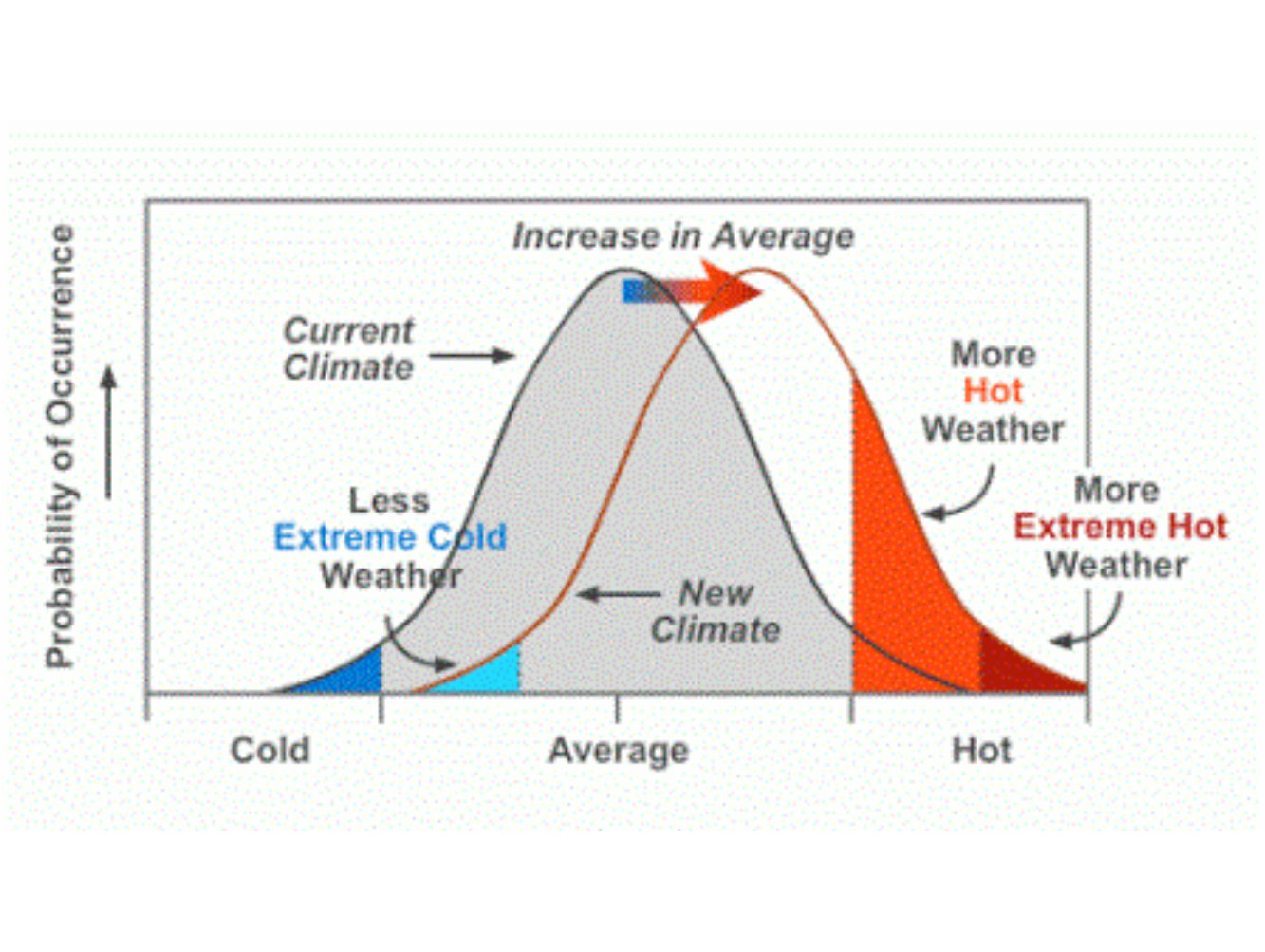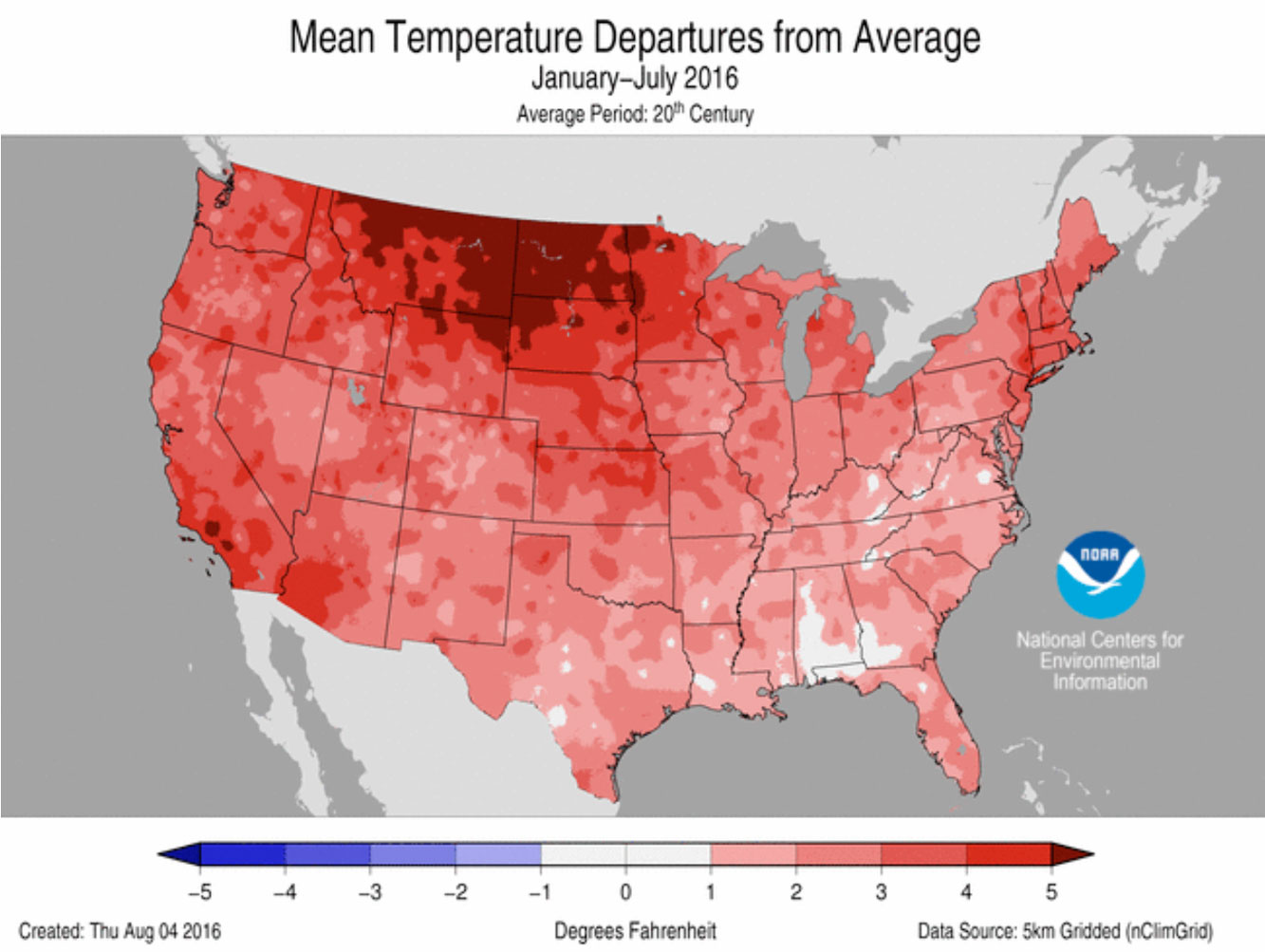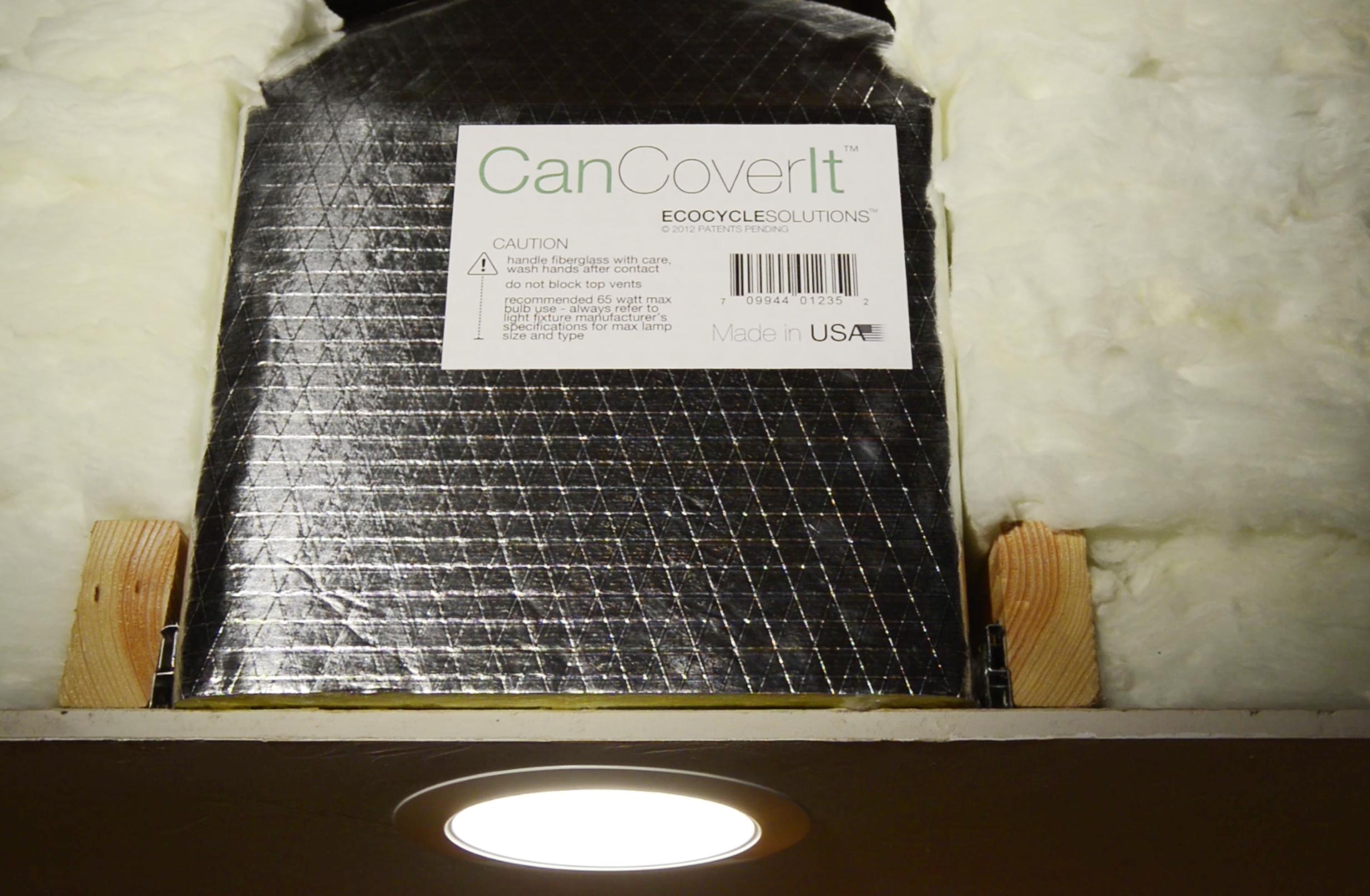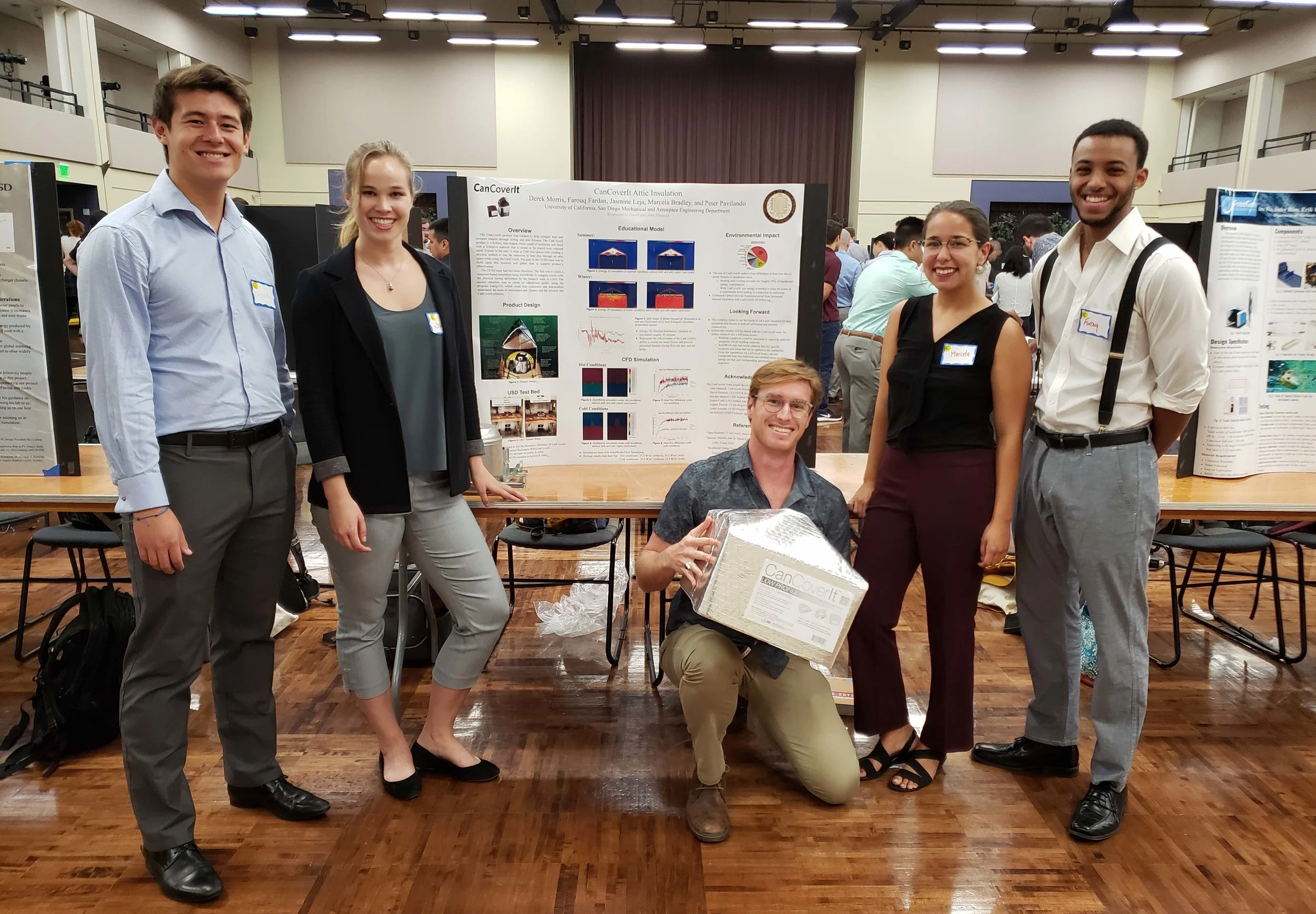As a case study Comfort Advisors Energy Upgrades (CAEU) completed an upgrade on a 1300 square foot Costa Mesa home, that has a crawlspace, which was built in 1961.
The Common Sense Upgrade Approach to Climate Change
The bill has come due for our excessive use of the planet's resources. We need to become much more efficient and in tune with natural cycles if we are to continue thriving on the planet Earth. We face a Big Problem - so big that it is terrifying and thus causes some to feel overwhelmed and deny.
Luckily, the Big Problem is actually just networks of smaller inefficiencies and shortcomings - we can get to work solving the Big Problem today!
First we need to understand with a clear head and see the truth, a big part of which is:
Building energy use, from homes to commercial, is a growing crisis.
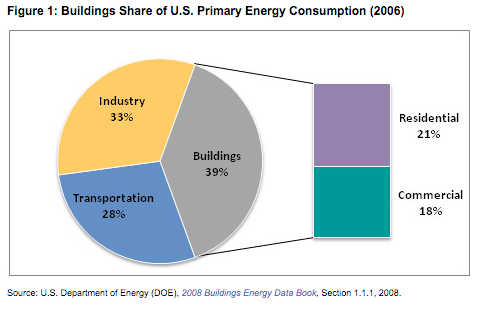
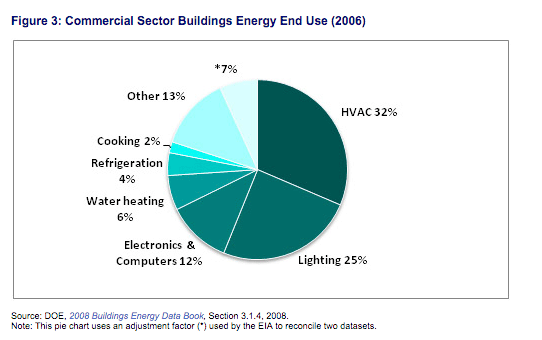

In just the US alone buildings already use 39% of all national energy produced and emit over 2,236,000 metric tons of CO2 per year.
Three-quarters of all homes in the United States have air conditioners. Air conditioners use about 6% of all the electricity produced in the United States, at an annual cost of about $29 billion to homeowners. As a result, roughly 117 million metric tons of carbon dioxide are released into the air each year. - https://energy.gov/energysaver/air-conditioning
This inefficiency gets worse when the weather gets extreme, and extremes are the new norm.
Suburban homes are extremely energy inefficient. The Berkley CoolMaps project reveals the scope of the suburban problem.
While urban areas are improving, the suburban zones were considered trickier to solve.
The current suburban home has a big problem in its can-lights and other metal penetrations. If you have not covered your can-lights with CanCoverIt then heating/cooling your house is like trying to fill your bathtub up while leaving the drain open!
Air-tight is not the core issue, radiant energy transfer through metal is what's costing you!
Thankfully new homes do not feature this dynamic as strongly, although we still see many builders out there in the field over-focusing on air-sealing and not paying enough attention to metal conductance to their customers' detriment (that's a topic for another post!)
Let's just assume all new homes are perfectly efficient. They still won't arrive in time to fix the problem.
In the US we build around 575,000 homes a year, which means that in the next five years we will build 2,875,000 new more efficient homes. Great! But there are over 130,000,000 existing homes. Oh... at current rates it would take over 200 years to replace all existing homes...
Replacing old homes won't scale. We need to make the old homes more efficienc!
So we say don't focus on replacing everything. Instead make what's already here better - instead try a Common Sense Upgrade approach. This means start where it's most impactful: your attic!
There's a diminishing return to extensive home upgrades, so let's focus on doing the 80-90% improvement work TODAY which will get homes ready to accept more advanced upgrades later down the line. An 80-90% improvement NOW is what is needed, then we can get to 100% tomorrow, and even keep going to energy production
Installing CanCoverIt combined with insulation improvements is the most impactful / lowest cost path to a better energy future in North America.
Other approaches to fixing the energy leakage caused by metal ceiling fixtures all fail when they're needed most: the extreme days. Even if you live in a moderate climate, that one heat spell or cold snap could cost you months worth of previous savings, and not to mention will tax the local infrastructure and cause you personal discomfort. Only CanCoverIt is designed to work in the most extreme conditions because it has taken every element of air and energy transfer into account.
Extreme weather increases the trouble that your can-lights cause, and only CanCoverIt can effectively solve the problem.
CanCoverIt can reduce A/C cycles by more than half in almost every building.
Being off is as good as being gone.
This means that the 110 million A/C units installed today functionally get reduced to just 50 million units!
By installing CanCoverIt on every metal ceiling penetration we can eliminate millions of tons of pollution and save billions of dollars - NOW!
And CanCoverIt improves the operating efficiency of fixtures too – without CanCoverIt, LED bulbs installed in can-light fixtures are starting to fail in just a few years, even months, due to the intense thermal fluctuations of attic conditions. Protect your valuable LED bulbs, fans and speakers with CanCoverIt and save big on heating/cooling bills while reducing your carbon footprint dramatically!
Plus, widespread installation of CanCoverIt minimizes the need for flex alert behavior changes since peoples' homes no longer bleed energy. This will free our minds up from that obligation so that public officials can start new programs for raising awareness on other ways of saving, like reducing plastic use.
The Common Sense Upgrade approach is to improve the structure of every building at minimal cost and scale it out to everyone, not try to hammer away at behavior change and costly 'perfect envelopes'. Over the last six years we have seen our customers install CanCoverIt to solve their problems, then get interested in other upgrades.
Deliver results with a low-cost/high-return upgrade then get buy-in for more expensive upgrades, not the other way around!
CanCoverIt is the keystone element in a network of common sense upgrades - a smart thermostat will report the issue and try to adjust temperature but it cannot change your home's actual structure so the energy will still leak. CanCoverIt improves the actual structure, which lets other upgrades work much better!
Our big climate problems are actually millions of little problems - fix enough little problems and the big one goes away!
Start with your own home, get your neighbors to join in and we can start a movement to improve your local world and improve the whole world in the process!
The Era of You
No one is coming to help us. Only we can help ourselves. We have inherited a built world that makes much waste. Yet this built world can be made better by us because we built it.
Is it more realistic to wish for all new efficient structures and better roads, or to repair what is already here? A hypothetical perfect home won’t help you now, but solutions like CanCoverIt will because they are designed for the world that already exists, not the world we wish we had.
CanCoverIt emerged out of a pressing need to solve the old style non insulation contact can-light dilemma: they leak air by design, but this is very inefficient. It was just way too expensive and wasteful to tear out and replace millions of fixtures, so we invented a fix for the problem that lets the fixture stay right where it is.
Turns out that the more modern airtight insulation contact fixtures did not help the energy leak problem either (they even cause new problems) because it was not just air that leaked, but radiant heat energy itself. Thus we need to fix all can-lights: they all leak energy. Once again we can fix them all right where they are: just put a CanCoverIt over top and be done.
We believe in real, actionable, common sense upgrades; and we believe in the power of you.
The time has come for us people to look at ourselves more truthfully: we are more like coral polyps than we are gods. We don’t plan out grand visions and execute them, we build what we can where we are with what we have.
We can argue about how the whole reef should look or we can get to work improving the reef we already live in – indeed this is the only real path to a better tomorrow for the climate.
If you are a homeowner, install CanCoverIt in your attic, save up some money from your heating/cooling bill reduction then upgrade to solar tiles on your roof and other systems.
If you’re a renter try talking with your landlord to get CanCoverIt and other efficiency upgrades installed in your building, it will benefit them and you. Maybe they’ll even see that they could use their properties as solar farms and make even more because their buildings are more efficient so more power is being sold, all while you enjoy a $0 electric bill and peace of mind.
It takes just minutes to upgrade your house with CanCoverIt, and you can even get someone to do it for you. You can be an example in your community because you took the few minutes to upgrade your home and then you tell others of your savings and comfort improvement. There are over 130 million homes in the US, if they all reduced their energy usage by half overnight we will have just won a major battle. And it didn’t require any generals, just smart individuals. Complex government programs are not required when the solution is as low-cost and easy as CanCoverIt. But they could help accelerate!
Our existing customers represent this. They found us because they wanted to improve their home’s comfort, or fix dripping water from their airtight can-lights, and all wanted to save energy by reducing their heating and cooling costs. Now they’re part of a movement of common sense upgrades that can sweep the nation and the world.
Get your friends excited about what can be done, don’t spend so much time bemoaning what can’t be done or bickering over what should be done. It is fine to talk about ideals, but where the rubber meets the road we find ourselves each behind our own steering wheel. And the deepest wisdom is that examples of action change the world far faster than any sermon.
No one is making you upgrade your home and start making more sustainable choices, but I think that you already know that. I think you’re starting to suspect that this is the era of you, and maybe you’re even starting to get excited about how you can make your little patch of the reef more beautiful and sustainable.
Now imagine if everyone cleaned up their act like you… Let’s make it happen, you are the key.
The Evolving Science of Penetration Treatment
Penetration treatment is an evolving science and as such there is still a good deal of confusion regarding best practice standards. That said, changing standards takes time and it should particularly when safety is involved.
The 3” clearance standard is one of the evolving areas that needs better clarification; however the intent has been, and still is, to safely managing light bulb generated heat.
When first introduced decades ago fixtures used incandescent bulbs that have 4000F filament heat. Even a 60 watt incandescent bulb can reach 500 degrees F and wattage in use then was as high as 150 watt.
Allowing that extreme heat to escape was critically important, however the exact science of how the 3” space was reached is somewhat unclear; but again the clear intent was to prevent dangerous heat entrapment.
Even then the requirement for 3” clearance from the wiring compartment was debatable. Tests show that the housing functions as a heat sink for the heat source centered within and the air separation between the housing and the wiring compartment does not directly conduct but rather is subjected only to diffused radiant energy within the air space. Ironically that basic physics and need to separate the junction box from the heat sink to keep the compartment from overheating was well understood by the engineers that designed the fixtures.
With the introduction of insulation contact rated fixtures this 3” requirement was obviously eliminated even though the fixtures were identical except for lower wattage light bulb use.
We now know that insulation contact with the fixture causes many unintended problems beyond light bulb heat and that fixtures must be effectively isolated from the attic space and incorporated into conditioned air space.
That means that clearance understanding is evolving to better address actual heat transfer and diffusion within the system.
CanCoverIt™’s square/rectangular shape makes it easy to install but more importantly the shape is critical to optimize diffusion air space volume within space confinements. (Conversely a round shape provides about 21% less air volume around the fixture and therefore less effective heat diffusion space.) Again the more specific objective for clearance specs is to safely manage light bulb heat.
Heat management regarding newer fixtures is already aided by the fact that the light bulb generated heat is lower and therefore the 3” clearance from the heat source is very effective for allowing the heat sink function of the fixture. Because the compartment is separated from the heat source and is only subjected to indirect diffused radiant heat it therefore doesn’t pose the same heat danger and heat mitigation requirements.
Systems Approach to Home Efficiency
Ultimately any system, especially a home, is only as efficient as its weakest link. In millions of suburban homes that weakest link is right above the dozens of recessed lighting fixtures. The untreated recessed light fixtures create channels that encourage temperature/energy transfer at exactly the one spot you don't want any energy transfer! To achieve a truly efficient home, the entire system must be accounted for. This is what CanCoverIt does; it fixes the biggest inefficiency in the system.


